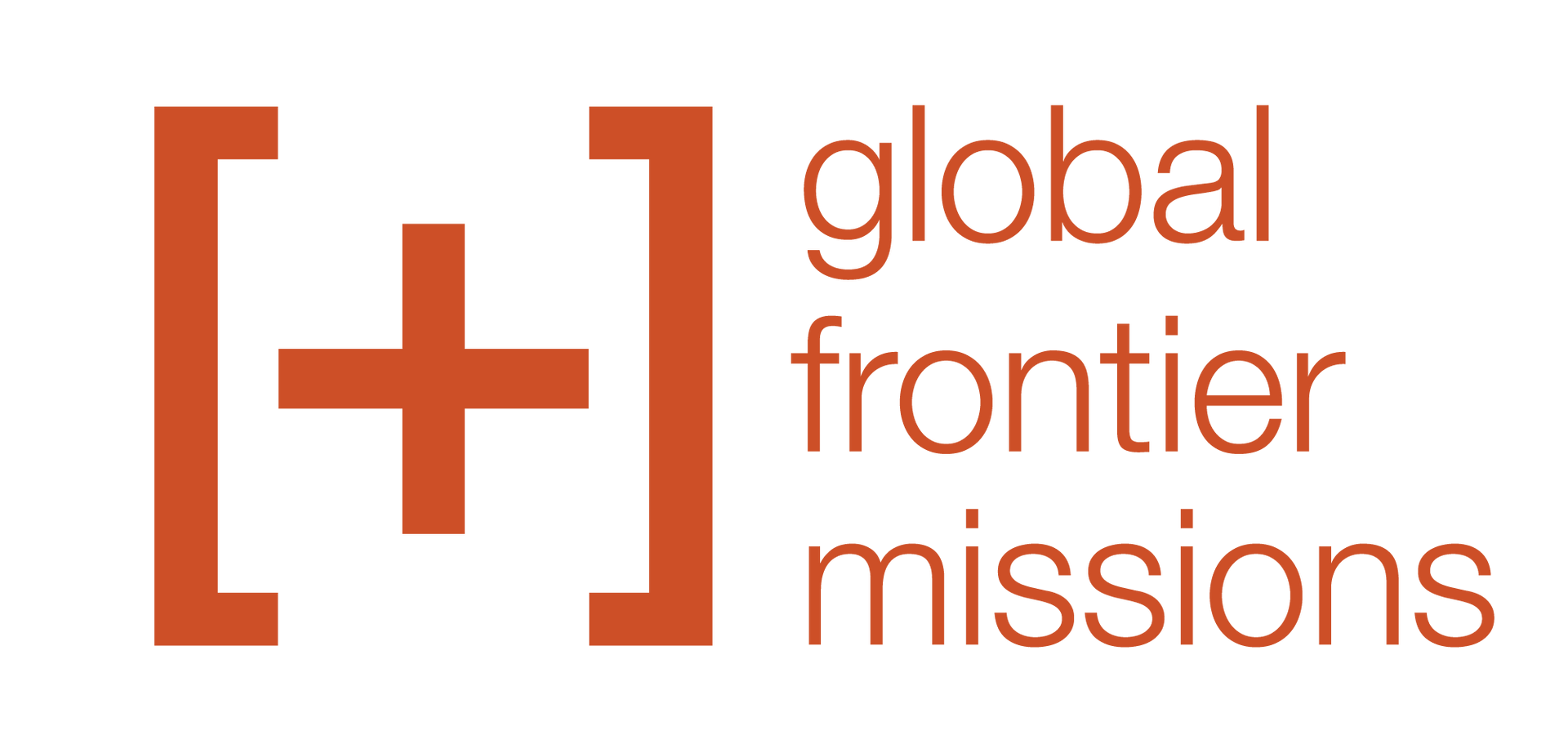How The Bible is Translated into New Languages
We often take for granted the fact that we can easily access Scripture. Not only do we have God’s Word in our language, but we have multiple translations, and easy, immediate access at all times. Yet so much of the world still has no copy of God’s Word in their own language. With over 7,000 languages spoken around the world, it’s shocking to think that only 733 of them have the complete Bible translated into their language.
The impact of Bible translation is profound. Having access to the Bible in one's own language allows people to connect more deeply with God and understand His Word. The translation process is complex, though, and involves not only linguistic skill but also deep understanding of theology, culture, and historical context.
The History of Bible Translation
The history of Bible translation stretches back to ancient times. One of the earliest and most well-known translations is the Septuagint, a Greek translation of the Hebrew Scriptures created around the 3rd century BCE. As Christianity spread across different regions of the world, the Bible needed to be translated into new languages to make it accessible to people of various cultures. One of the most famous translations was St. Jerome's Latin Vulgate in the 4th century, which became the standard Bible for the Western Church for many centuries.
As time progressed, more translations followed, particularly during the Protestant Reformation in the 16th century, when Martin Luther’s German Bible and William Tyndale’s English Bible made the Scriptures available to the common people. Today, at least parts of the Bible have been translated into over 3,000 languages, making it the most translated book in history. However, there are still thousands of languages without a complete translation of the Bible, so the work continues.
The Translation Team: Collaboration and Expertise
Bible translation is not a solo endeavor. It typically involves a team of people with different expertise. Translators must be fluent in both the original biblical languages (primarily Hebrew, Aramaic, and Greek) and the target language. They also need to have a deep understanding of the culture and worldview of the people they are translating for. Cultural understanding is critical because languages are not just about words—they carry with them cultural nuances and meanings that must be conveyed accurately.
The team often includes linguists, theologians, Bible scholars, and community members. Theologians ensure that the translation is doctrinally sound and faithful to the original text, while linguists focus on the grammatical and syntactical challenges. The involvement of the local community is also essential to ensure that the translation resonates with the everyday experiences and idiomatic expressions of the target language speakers.

The Translation Process: From Text to Meaning
The process of translating the Bible is intricate and involves several stages. Here’s a brief overview of how it works:
- Textual Analysis: The translators start by analyzing the original biblical manuscripts in Hebrew, Aramaic, and Greek. They examine the meaning of each word, phrase, and sentence, consulting various linguistic and historical resources. Understanding the context—whether cultural, historical, or theological—is crucial to accurate translation.
- Draft Translation: After careful analysis, the team begins drafting the translation. Translators work with local speakers to ensure that the translation sounds natural and is culturally relevant. Some translations may adopt a "formal equivalence" approach, which aims to stay as close as possible to the original wording, while others may opt for a "dynamic equivalence" approach, focusing more on conveying the meaning of the text in a way that makes sense to modern readers.
- Review and Refinement: Once a draft is completed, it undergoes extensive review. Local community members, linguistic experts, and theologians examine the translation for accuracy, clarity, and cultural appropriateness. In many cases, the translation is tested with the target audience to see how well they understand the text.
- Back Translation: A key step in ensuring the accuracy of the translation is back translation. This involves translating the text back into the original language (e.g., Greek or Hebrew) to check for consistency and correctness. This process helps identify any potential mistranslations or misunderstandings.
- Final Review and Publication: Once the translation passes all the checks and revisions, it is published in printed and digital formats. The work doesn't end there, though; translations often undergo further revisions as new insights and feedback arise from the community.
Overcoming Challenges
Translating the Bible into a new language is fraught with challenges. One of the major obstacles is the vast differences between languages. Some languages lack direct equivalents for certain concepts or words found in the Bible. For example, the Hebrew word chesed, often translated as "steadfast love" or "loving-kindness", carries rich cultural and theological meaning that may not be fully captured in some languages. Translators must carefully select words that best convey the depth and richness of the original text.
Another challenge is the cultural context. The Bible is deeply rooted in the ancient world, and translating ancient customs, locations, and traditions into a modern context requires great care. Translators may need to add explanatory notes or footnotes to help readers understand the historical context of certain passages.
Additionally, some languages are not written languages or have limited written records. In such cases, the translation team may need to work with the community to develop a written script, which can add years to the translation process.
The Task Remaining
Translating the Bible into new languages is a monumental task that has been taking place for centuries. With over half of the world’s languages still having no part of the Gospel translated into their language, the goal of ensuring that everyone has access to the Gospel often feels impossible, but with prayer, training, hard work, and the power of our God, all things are possible.
Want to learn more about what we're doing to reach the unreached? Sign up for our Unreached Updates - just click the button below!
